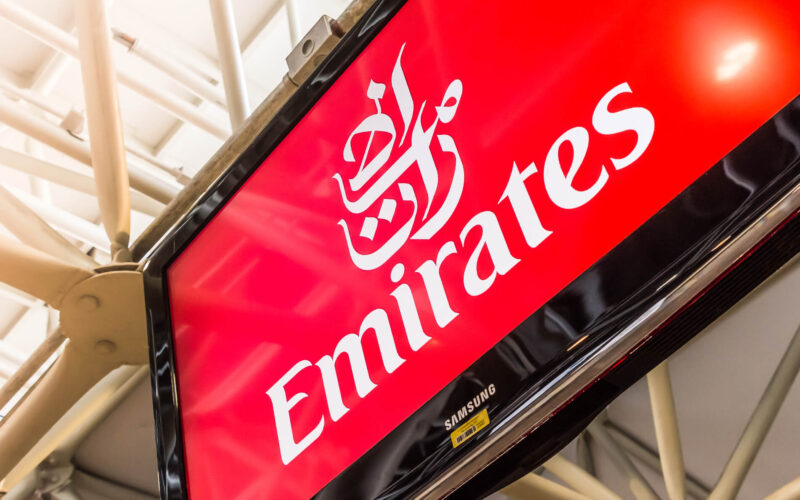With the vaccination effort underway already in 2020, the world has greeted 2021 with an uplifted mood. At first glance, the step to turn the corner and begin the path towards recovery was already taken, as countries began to approve COVID-19 vaccines. For airlines, the second step will be absolutely crucial, as travelers begin to return to the skies.
Lost in the world
Throughout 2020, as air travel essentially abruptly stopped, different airlines approached the crisis differently. Some chose to continue on with their daily lives as best as they could, while some chose to try their best to stay relevant at the back of the traveler’s mind.
After all, if passengers are not crisscrossing airports, the amount of brand exposure an airline gets becomes limited. The problem is further complicated by several factors, including marketing budget cuts. In general, many airlines chose to communicate how safe air travel was with the message, you guessed it, that there are HEPA filters onboard aircraft. Thus, instead of every carrier embracing their own part in a meal, brands became a single ingredient in a bowl of salad – making it very hard for consumers to differentiate them.
This could be a problem going forward, once air travel actually does recover. No two airlines are the same in terms of entry price point, and if consumers struggle to differentiate between two or several brands, price becomes a crucial factor.
“Having lower cost stimulus for Summer 21, Winter 21 and Summer 22. Temporarily scrap aviation taxes, scrap the environmental taxes, airports to lower their charges through Summer 21, so that together we can all pass on lower prices to consumers,” stated Michael O’Leary, the chief executive of Ryanair, during an interview with EUROCONTROL in December 2020.
“Pricing will get the volume back,” concluded O’Leary, adding that he did not believe in the “lazy analysis” that air travel would return to 2019-levels by 2025 or 2026. “Actually, I think we get back there but only if we have lower pricing.”
While Ryanair, or any ultra-low-cost carrier, does not boast about the amazing passenger experience onboard, they do have the advantage of having lower costs. For others, mainly full-service legacy airlines, the story is much different. When you can’t lure back people by significantly reducing ticket prices, upping your game in the passenger experience department is a must.
Staying relevant
Despite the current troubling environment, Emirates ramped up its activity to stay relevant in the eyes of potential customers.
“Whether you attend to products through physical manifestation, whether it would be bars or showers on the A380, or the continued use of your marketing tools, to ensure that your brand remains at the forefront of people’s minds on a first-recall basis,” commented Tim Clark, President of Emirates, during a CAPA Live event in October 2020. “We don’t want people to think that we are out of the game.”ARTICLE: Where is Emirates finding revenue to continue operations?
The airline has certainly upped its game to stay relevant and at the back of people’s minds. For example, on January 4, 2021, Emirates announced that My Emirates Pass was making a comeback. The offer would turn an Emirates boarding pass into a discount card across various venues in Dubai. The reintroduction of the pass seemingly complements the airline’s previous promotion of Dubai as the city is “open for business and tourism” and “Emirates wants the world to know it.” The airline would “run a multi-million dollar global campaign to promote Destination Dubai,” read the message made in December 2020.
Another announcement, communicated in late-December 2020, could also be used as an example. Warning of a high number of passengers, Emirates indicated that it anticipated over 70,000 passengers on January 2 and 3, 2021, and reminded travelers of the usual procedures when checking in to a flight. However, 70,000 passengers over two days is not a mind-blowingly high number – if the same numbers were to keep up for the rest of the month, the airline would barely scratch the surface of 1 million passengers per month. While that would be an improvement compared to the period between April 1, 2020, and September 30, 2020, when Emirates carried 1.5 million passengers, the carrier’s network was expanded since then. So, the question that begs an answer is whether the airline warned of high traffic for travelers to become wary of the potential dangers related to the pandemic, or was it only a promotional push to show off the “busy period,” as Emirates described it?
The ever-expanding network has included the Airbus A380, outlining Emirates as possibly the only airline that still believes and actively uses the double-decker. The carrier has re-added several Airbus A380 aircraft back into service. As of January 5, 2021, the carrier is operating 18 of its Super Jumbos, according to planespotters.net data. Between March and July 2020, all of the airline’s A380s were inactive.
On one hand, the strategy to target leisure travelers with various promotions might not pay off. After all, whatever passenger experience on and off an aircraft an airline can provide, it might be offset by the fact that the virus has also crippled the world’s economy and many people have either lost their jobs or are living on a much smaller budget.
On the other, the airline will be able to afford to sink millions into promotional campaigns as the Dubai government, the owner of Emirates airline, is more than happy to financially support the air carrier in times of peril and at the same time, lure in tourists to stay in the city synonymous with luxury.

